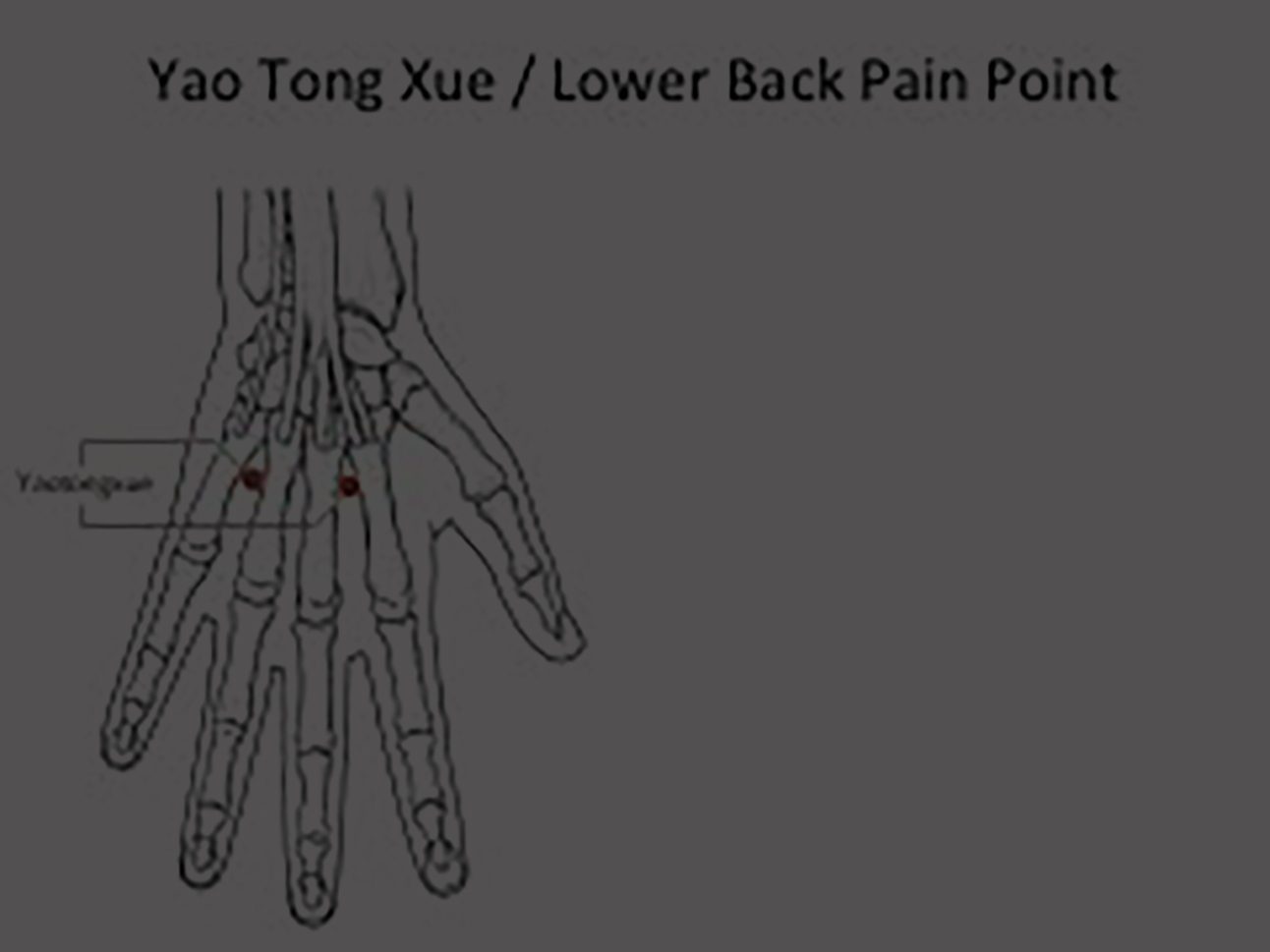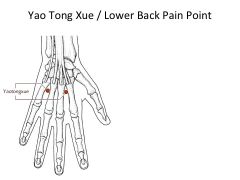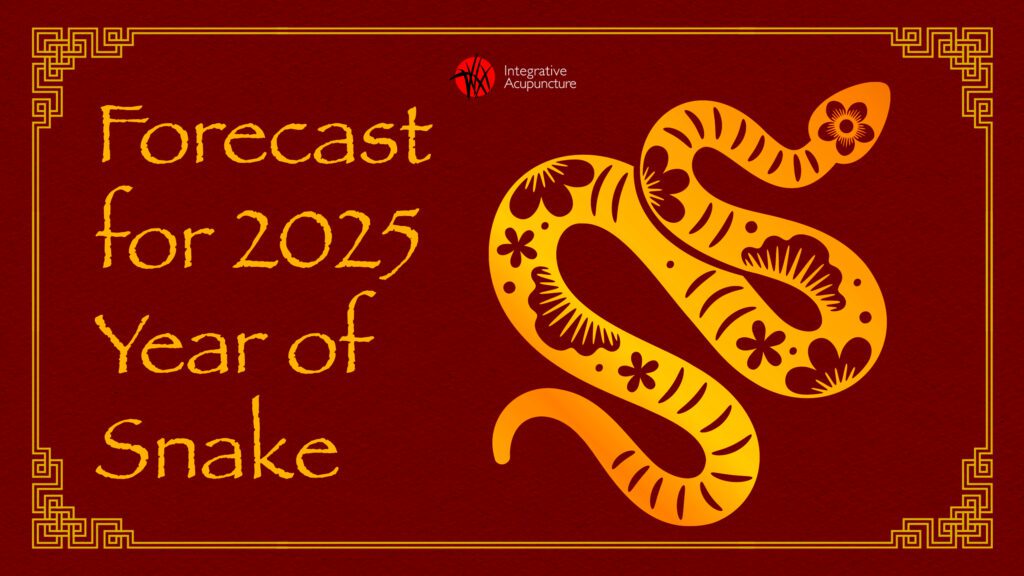This is a previously produced article for submission with Pacific College of Health and Science‘s Doctorate of Acupuncture and Chinese Medicine program, which Kerry Boyle L.Ac. completed in 2020. It is intended for sharing amongst the acupuncturist community in regards to experience for treatment of back pain and is not intended for home care.
Acute, Severe Back Pain Treatment with Seated Acupuncture: A Clinical Pearl
This is a technique to manage severe and acute back pain when a patient is unable to get onto an exam table due to pain. The technique was taught to me by my teacher at Bastyr University, Andy McIntyre, M.S., L.Ac. during my clinical rotations at our student clinic between 2000-2003. I have used it successfully since then with regularity. Kerry Boyle L.Ac.
Keywords: low back pain, acupuncture, Yao Tong Xue, auricular
When a patient arrives clinic for back pain treatment and is in acute and severe pain, we should assess severity in order to understand the subjective nature of the pain. Options include observation of gait while walking to the room (severely irregular gait would be a candidate for this technique), range of motion testing (if they cannot perform the ROM test due to severity, they are a candidate for this technique), and asking the patient to get onto the exam table in a prone position (if they cannot get into this position they are a candidate). Subjectively, if a patient indicated their pain level is at least a 9/10, 10 being the worst, consider using this technique.
Most acute back pain patients in my clinic are treated with acupuncture local to the discomfort in a prone position on an exam table. Frequently infrared heat is applied and adjunctive therapies of cupping, gua sha, tuina, or moxibustion may be used.
Approximately 1500 patients annually are treated for this condition in our clinic, only 10-20 times per year is this technique necessary. It is really reserved for severe, acute pain as opposed to chronic, intermittent, and less severe pain.
The technique – the patient is in a chair, preferably without armrests. Hands are resting on their knees.
- 1.5 cun or longer needles are inserted at a 45-degree angle to extra points Yao Tong Xue, lumbar pain points on the hand, bilaterally, 4 points total. According to A Manual of Acupuncture, the description and image of the points are located:
“On the dorsum of the hand, two points located between the second and third and the fourth and fifth metacarpal bones, in the depressions lying immediately distal to the bases of the metacarpals.” (Deadman, 2009)
- Auricular needles are inserted into bilateral ears. 1 cun needles are required to achieve this technique. A running technique is applied, where the needle is inserted at a subcutaneous angle, resting directly against the skin, into the body of the antihelix of the ear allowing for simultaneous stimulation of all lumbar points, according to mapping of auricular acupuncture. Additionally, auricular points can be added, including shen men, kidney, and thalamus.
- At this point a patient’s pain levels are expected to be subjectively reported as lower, as much as 6/10 would not be surprising. Now the patient is instructed to stand up. It is important the patient is instructed to not use the muscles of the hands and arms, which is a natural way to stand from sitting, and must rather use their leg and abdominal muscles to stand in order to avoid a very achy and painful hand. When the patient stands up, often they can move with significantly more ease than before the treatment. It is common to be able to flex, rotate, and extend the spine when they previously could not. The patient is instructed to repeat this motion of sitting to standing with movement throughout the treatment. Needle retention time should be a minimum of 25 minutes, 40 minutes would be preferred.
Discussion: After the treatment I usually have patients report a pain level of 2-3/10. Sounds great, so why don’t I use this technique with all of my back pain patients? I find this is not sustainable relief. This is temporary pain management to reduce severe and acute pain and does not get to the underlying cause of the disfunction. Once a patient is past this severe level of pain, I return to my regular care plans for back pain in a traditional prone position on the exam table. ]I find 90% of the patients I determine are candidates for the technique respond in my anticipated reduction of pain. Pain relief may only last a few hours to a few days.
This technique should be considered for implementation in emergency rooms for immediate reduction of low back pain while patients await further imaging.
Source: Deadman, P., Al-Khafaji, M., & Baker, K. (2009). A Manual of Acupuncture. Hove: Journal of Chinese Medicine Publications.







